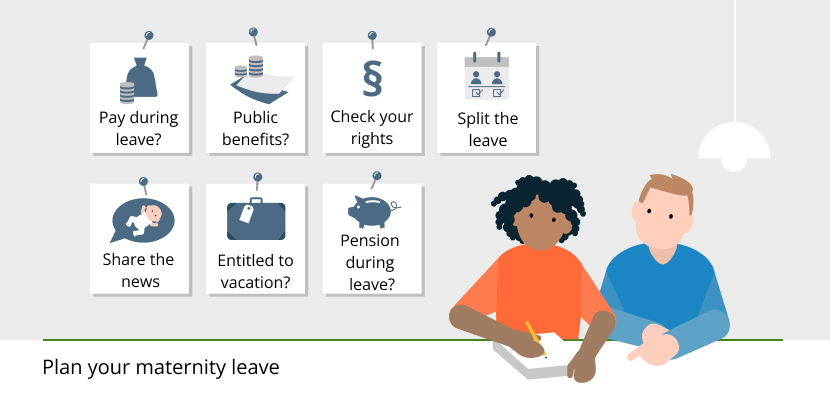Public daycare facilities
According to the Daycare Act, the municipality must provide a place in a daycare facility for all children older than 26 weeks. If you want your child to attend childcare in a public daycare facility, you must enrol your child.
It varies from municipality to municipality when your child can be enrolled. In some municipalities, you can enrol your child as soon as they are born. Check the municipality's website to find out what applies in your municipality. Contact a daycare facility directly if you want to visit it before you register your child.
You can enrol your child through the self-service 'Digital pladsanvisning' or through the municipality's website.
Waiting lists
You have the right to be placed on a waiting list for a specific daycare facility of your choice. However, it is not certain that the child can get a place in the desired daycare facility as it depends among other things on the length of the waiting list. Your child's place on the waiting list may be affected by children with special needs and siblings.
Sibling subsidy
The municipality provides sibling subsidy. Check the municipality's website for what applies in the municipality.
Alternatives to daycare facilities
Private daycare provision is based on a private childcare agreement between you and the private daycare provision. Contact the private daycare provision to enrol your child.
You can choose to look after your child at home. Some municipalities offer a subsidy for minding your own child. Each municipality determines the financial subsidy and the age group that can receive the support. Check the municipality's website to read about the possibilities in the municipality.
Guaranteed childcare
According to the Daycare Act, the municipality must provide a place in a daycare facility for all children older than 26 weeks that is appropriate for their age until the child starts school. You have to be aware that the municipality has 4 weeks to offer a place in a daycare facility, so if you want a place immediately in connection with the 26 weeks, you have to enrol in good time.
The childcare guarantee does not guarantee a place in a specific daycare facility. However, you can request admission to a specific daycare facility in the municipality.
If you use the childcare guarantee place in a daycare facility, you still have the right to remain on the waiting list for the requested daycare facility.







